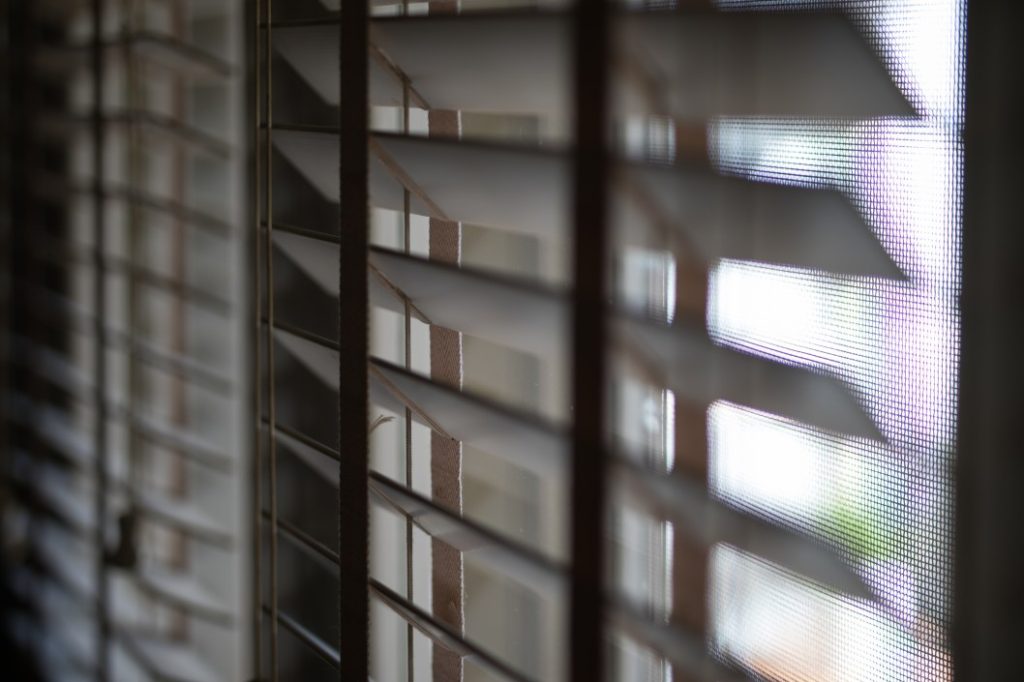You might be wondering what type of window blinds are best for your windows in a hot or humid climate. The options for this are Venetian, Pleated, Cellular, and Mini blinds. Each type has its own benefits and disadvantages, so make sure to consider your individual needs before you make a purchase. Here’s a look at the advantages and disadvantages of each type of window covering. Read on to learn more!
Venetian blinds
There are several things you should know about installing Venetian blinds for proper ventilation. In the first place, make sure you have them installed properly. The slats of a Venetian blind should be open and flexible to allow for proper ventilation. It is also important to know how to install the support guide ribs, which are integrally molded to the thin plastic plates. These features will make the Venetian blind more lightweight and easier to install.
Pleated shades
There are two types of pleated window shades: standard pleated shades and cellular shades. Both types of window shades are made of a fold of fabric that compresses as it is raised and gives it texture when it is lowered. Standard pleated shades have a simple fold pattern, whereas cellular shades are made with a complex design and offer different levels of light filtration. The advantages of
roman shades discount include their ease of installation and affordability.
Cellular shades
Cellular shades are the best window blinds to choose if you’re trying to keep the room ventilated. These shades can be mounted either inside or outside the window frame. They’re characterized by their different measurements so it’s important to take a measurement of the window you’ll be covering to ensure that the shades you choose will fit perfectly. Cellular shades are generally larger than other window blinds, so make sure to measure your window before you buy.
Mini blinds
If you are planning to install mini blinds in your home, you should follow some guidelines to ensure that the blinds meet your needs. First of all, you should store your blinds in a dry place away from any construction activity. Then, you should stack the blinds on tarpaulins or wood shims. Make sure that you put a cover over the blinds to prevent any contaminants from getting on them. You should also install mini blinds when the temperature in the room is between 65 degrees Fahrenheit and 77 degrees Fahrenheit. The temperature of the room must be within a range of 65 degrees Fahrenheit, and the relative humidity should be at 45 to 65 percent.
Honeycomb cell sizes
When selecting cellular shades or honeycomb shades, it is important to choose the right cell size for your windows. Selecting the wrong cell size can reduce the shade’s energy-saving capabilities and look ugly in your window. Additionally, the wrong cell size can cause the shade to break easily. To avoid this problem, read on to learn how to determine the correct cell size. Here are some guidelines to follow:
Motorized blinds
Having motorized window blinds in your home is a great way to get fresh air into your space. These blinds can be raised or lowered with a push of a button, removing the need for a pull cord tassel. Motorized blinds run on battery power and have several different options to choose from. The most common type is the battery wand, which you can install behind the shade or along a wall. Some are also built-in.
Shutters
Indoor shutters are great window dressings, allowing for easy air flow and protecting furnishings from harsh sunlight. These are available in various colors, textures, and designs. In a contemporary home, a vertisheer window treatment offers a modern look and can be used as a sheer or blockout window dressing. Regardless of the window treatment chosen, it is important to choose one that can help keep the room cool and comfortable during the hot and humid season.
